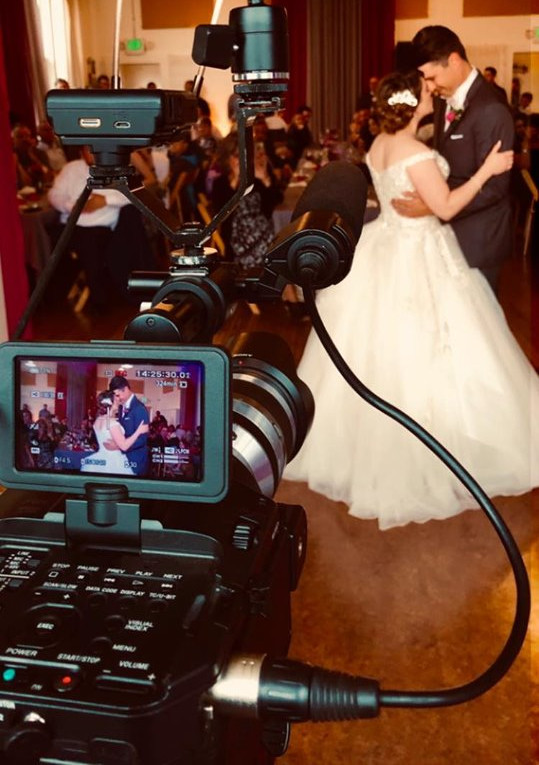In the realm of video production, cinematography stands out as a cornerstone, shaping the visual language that captivates audiences and brings narratives to life. The art of cinematography is a multifaceted craft that extends beyond simply capturing moving images; it involves the meticulous orchestration of light, composition, movement, and emotion.
Understanding Lighting Dynamics:
Cinematography is essentially painting with light. The mastery of lighting dynamics is crucial for setting the mood, emphasizing key elements, and creating visually compelling scenes. Video production studio should invest time in understanding the different types of lighting setups, such as three-point lighting, natural lighting, and high-key and low-key lighting, to enhance the visual impact of their projects.
Framing and Composition Techniques:
The way a scene is framed and composed significantly influences the viewer's perception. Video production studio should explore various framing techniques, such as the rule of thirds, leading lines, and framing within a frame, to add depth and visual interest to their shots. Achieving a balanced composition is an art form that can transform a mundane shot into a cinematic masterpiece.
Dynamic Camera Movement:
Static shots can be powerful, but mastering dynamic camera movement adds a layer of cinematic sophistication. Techniques like dolly shots, tracking shots, and crane shots can infuse energy and drama into scenes, guiding the viewer's focus and creating a more immersive experience. The key is to use camera movement purposefully, aligning it with the narrative and emotional tone of the story.
Color Grading for Emotional Impact:
Color grading is the process of adjusting the colors in post-production to evoke specific emotions or moods. Video production studio should embrace the art of color grading to enhance storytelling. Whether it's using warm tones for a nostalgic feel or cool tones to create a sense of detachment, the right color palette can amplify the emotional resonance of a video.

Mastering the Art of Focus:
Selective focus is a powerful tool in cinematography, drawing the viewer's attention to specific elements within a frame. Video production studios should explore techniques like shallow depth of field and rack focusing to create cinematic effects that elevate the storytelling. Understanding how focus can be used creatively adds a layer of professionalism to the final product.
Storyboarding and Shot Planning:
Before the cameras start rolling, a comprehensive plan is essential. Storyboarding helps the video production studio visualize the entire project, plan shots, and ensure that the cinematography aligns seamlessly with the narrative. This pre-production step not only saves time but also contributes to a more cohesive and visually stunning end product.
Balancing Practical and Visual Effects:
While practical effects create authenticity, visual effects (VFX) can open up limitless creative possibilities. Video production studio should find the delicate balance between practical and visual effects, utilizing them to enhance storytelling without overshadowing the narrative. This balance is crucial for creating immersive and believable visual experiences.
The art of cinematography is an ongoing journey of exploration and refinement. Video production studios that master these techniques will find themselves better equipped to create visually stunning and emotionally resonant content. As technology continues to advance, embracing these cinematographic techniques ensures that a studio remains at the forefront of the ever-evolving landscape of video production. Elevate your storytelling, captivate your audience, and master the art of cinematography to leave an indelible mark on the world of visual storytelling.


No comments yet